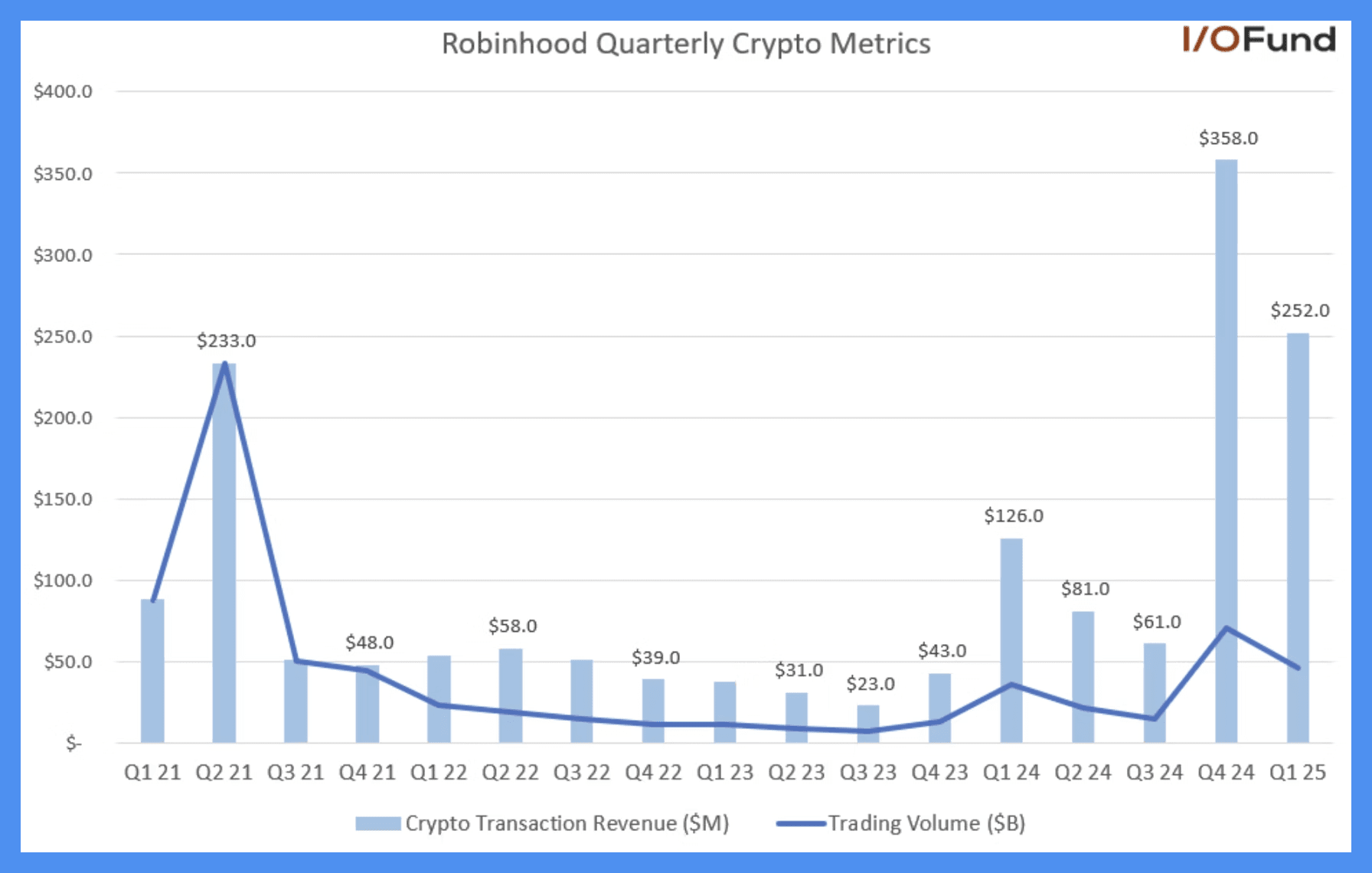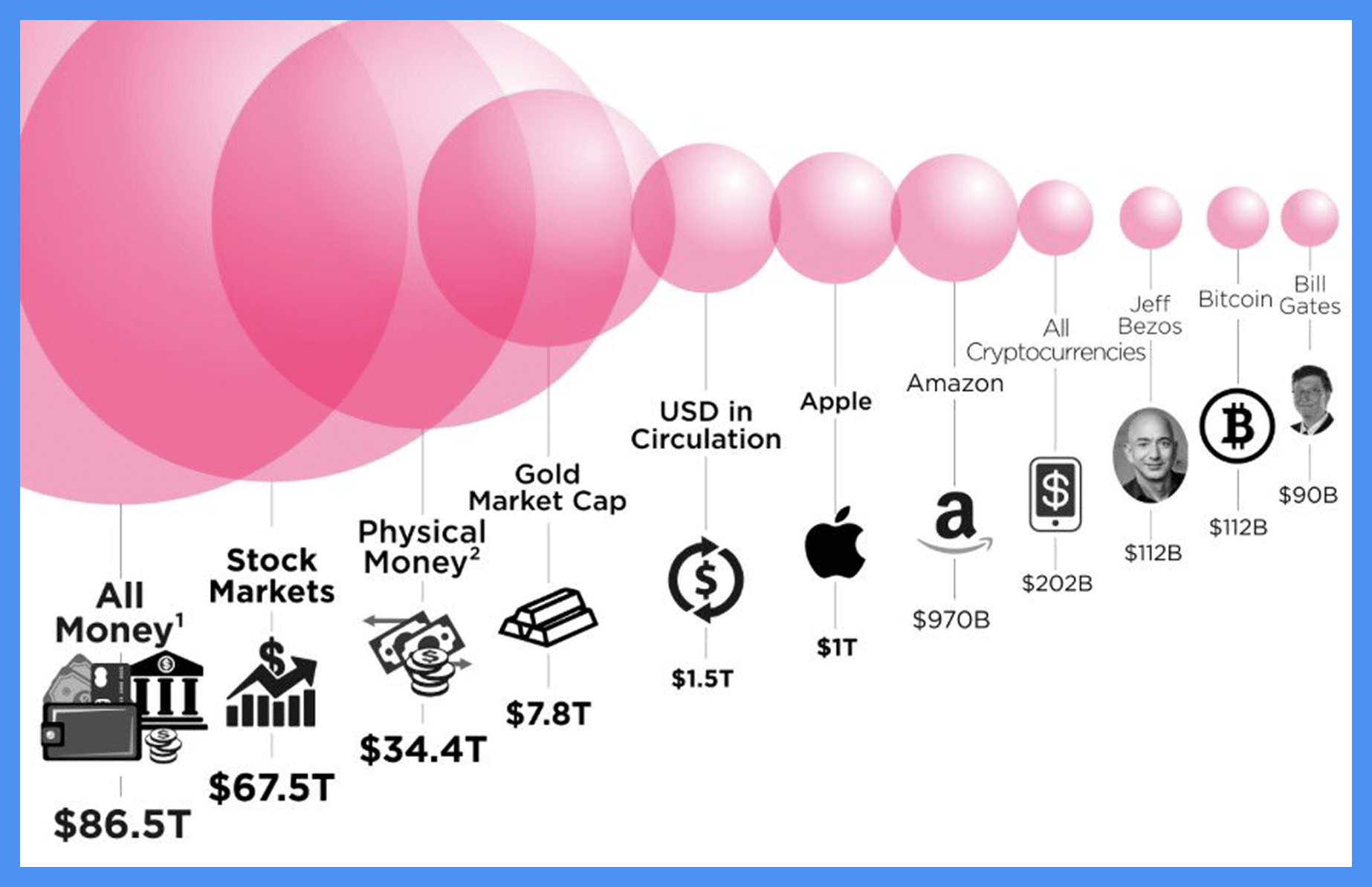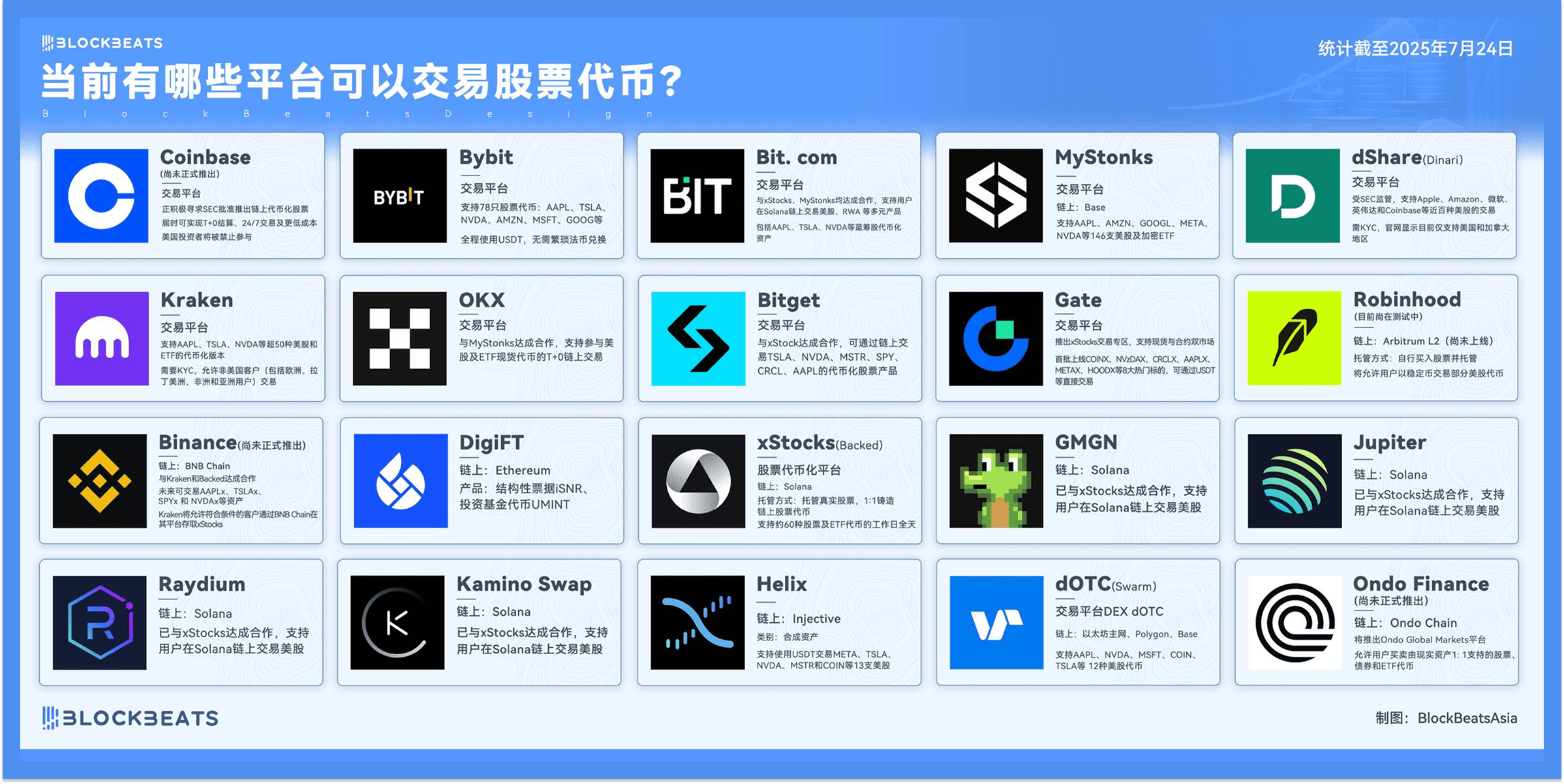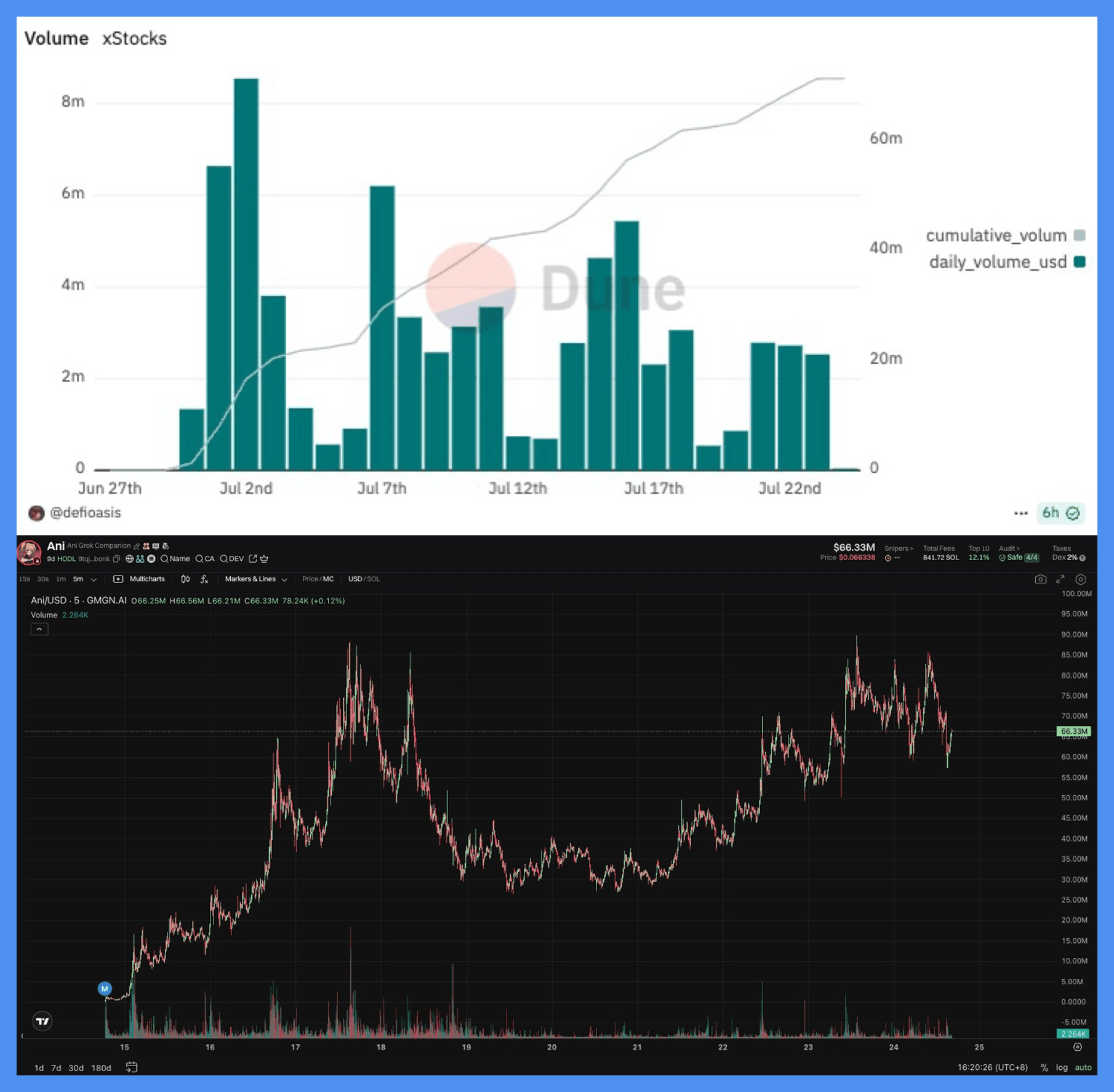'I've been having conference calls until two in the morning every day lately.'
The speaker is a veteran financial professional who has been in the traditional brokerage industry for more than a decade. When he said this, he was turning his phone upside down on the coffee table. The corners of his eyes were slightly red, but his tone remained very understated.
His office in Beijing is located in a courtyard house in Xicheng District, with two large doors that have slightly chipped paint. The afternoon light slants into the courtyard, and some dust floats in the beam. He sits at an old wooden table, dealing with issues related to regulation, business cooperation, and project scheduling.
Starting from the financial industry over a decade ago, he has experienced the previous financial crisis, rolled through global markets, managed funds, ran products, led teams, and has almost traveled across various continents. Until these years, he began to shift towards a direction that the entire traditional financial industry initially thought was 'uncertain'—virtual assets.
Traditional finance's attention to Web3 did not only start in 2025. If we trace back the starting point, many people will mention Robinhood.
This platform, known for 'zero-commission stock trading', launched Bitcoin and Ethereum trading features as early as 2018. Initially, it was just a supplement to the product line, allowing users to buy cryptocurrencies like buying Tesla stocks, without the need for a wallet or understanding blockchain. This feature was not heavily promoted that year but became a breakout point years later.
In the fourth quarter of last year, cryptocurrencies contributed more than 35% of Robinhood's total net revenue, with trading volume surging by 455%, driving trading revenue to grow by 733% year-on-year, reaching $358 million, making cryptocurrency Robinhood's largest source of revenue for that quarter. In the first quarter of 2025, cryptocurrencies contributed more than 27% of total revenue, with trading revenue doubling year-on-year, reaching $252 million.

Robinhood's quarterly cryptocurrency asset trends, image source: IO.FUND
What drives this change is not technology, but the clicks of thousands of users. Robinhood did not tell the Web3 narrative, but simply adapted to users' trading habits, resulting in cryptocurrency trading no longer being a marginal business, but rather the core engine of company growth.
After that, Robinhood gradually transformed from a centralized brokerage to a digital asset trading platform.
With Robinhood as a model, traditional finance finally, in 2025, is no longer just watching the crypto industry but has decided to collectively enter the market. They are not here to experience Web3, nor to invest in projects; 'traditional finance will take over the crypto industry within 10 years.'
We are already in the midst of this reshuffling of traditional brokerages against crypto natives.
In March 2025, one of the world's largest retail brokerages, Charles Schwab, with asset management exceeding $10 trillion, announced that it would open spot Bitcoin trading services within a year.
In May 2025, Morgan Stanley, one of Wall Street's most influential investment banks, announced plans to officially connect BTC and ETH to its trading platform E*Trade, providing retail users with direct trading channels.
In May 2025, JPMorgan Chase, the largest bank in the U.S. and long critical of cryptocurrency, announced that it would allow clients to purchase Bitcoin.
In July 2025, Standard Chartered, a long-established British bank deeply rooted in the Asian, Middle Eastern, and African markets, announced that it would open spot trading services for Bitcoin and Ethereum to institutional clients.
They are the behemoths that dominate the operation of the global financial system; these traditional financial institutions control the channels for funds to enter and exit globally, the clearing networks, and the fiat payment systems, holding assets worth hundreds of trillions of dollars. In contrast, the current total market capitalization of the crypto market is only 4 trillion.

Mainstream asset market capitalization rankings, image source: Steemit Community.
They are gradually completing their layout in the crypto field based on traditional financial compliance frameworks. When an institution possesses compliance trust, user traffic, and clearing and settlement capabilities, it has all the elements needed to build a cryptocurrency trading network.
In the traditional financial system, whoever holds the account opening authority can control the flow of funds, customer relationships, and even the final pricing power. For a long time, cryptocurrency trading platforms defined narratives by listing tokens and controlled liquidity by inflows, but now, the role of 'asset entry' that was taken away by centralized exchanges for nearly a decade is gradually being reclaimed by traditional finance.
'It's time for those cryptocurrency trading platforms to be anxious.'
His tone remains restrained, without a hint of gloating. The source of anxiety may not just be due to the entry of a particular institution or the introduction of a particular policy, but a sense of industry awareness that cryptocurrency trading platforms may no longer be the only entities capable of dealing cards at this financial table.
Methods to stay at the table.
An insider from a cryptocurrency trading platform told us that he often replies to messages around five in the morning. He discusses cooperation during the day, tracks progress at night, and checks user community feedback late at night, hardly getting any sleep.
'We can only seek survival in anxiety.'
The anxiety he spoke of is the competition between platforms, the state of survival where they must compete for users, products, and traffic every day they wake up.
The root of the competition for existing market share is that there is little growth space left in the industry, and the external pressure and impacts are too great.
Traditional finance is gradually encroaching on the core capabilities that cryptocurrency trading platforms rely on for survival—from fiat inflows to asset custody, from user account openings to spot matching. They come with regulatory licenses and millions of users, appearing to have no intention of coexisting with native crypto platforms.
Almost all cryptocurrency trading platforms immediately launched cryptocurrency stock products. Buying Apple with USDT, leveraging Nvidia, and trading Tesla through on-chain contracts. This type of traditional asset on-chain solution has been launched on multiple platforms, becoming a collective industry action.

Bybit was the first to take the plunge. They completed the research and launch of US stock token products within just two months, moving quickly from internal project initiation to negotiating with the XStocks team to finally launching.
In Bybit's view, the core advantages of centralized trading platforms still exist. The real users, strong liquidity, and trading depth accumulated over the years are resources that external brokers cannot easily replicate.
The launch of US stock tokens was due to the clear demand gap they saw, such as trading needs during market closure or geographical and compliance restrictions preventing users from accessing traditional stock markets. The 7×24 nature of crypto opened up new liquidity space for traditional assets.
Of course, this does not mean that this is a battle that is guaranteed to win. Emily, head of spot trading at Bybit, frankly stated that US stock tokens are still in the early stages, with participation and popularity far less than that of new high-traffic tokens.
But she is still optimistic about this direction because it represents that crypto is expanding its play into the world of traditional finance. DeFi, synthetic assets, on-chain staking—these new derivative scenarios of traditional assets on-chain may be where the true value of this path lies.
However, these functions seem to be actively exploring new markets, but to many, they appear more like a form of passive defense.
When trading platforms no longer have the dominance over 'asset entry', they begin to try to make themselves appear still connected to the world. Thus, cryptocurrency stocks became the most common defensive move during this phase.
Cryptocurrency stocks are not a new concept.
Going back to 2020, FTX had proposed the cryptocurrency stock model at that time. They launched trading pairs like TSLA/BTC and AAPL/USDT, which were seen as attempts to challenge the traditional financial pricing logic.
That was the aggressive era of the crypto circle. What FTX wanted to do was to rewrite the trading methods of traditional finance with crypto finance and to price Nasdaq with crypto finance.
Perhaps he saw at that time that the biggest competitor for cryptocurrency trading platforms in the future would be brokerages, so he acted first. Looking back now, this model has been picked up by the industry again, but it has already lost its original flavor. After FTX collapsed, cryptocurrency stocks became a band-aid rather than a battering ram.
The data also confirms this.
After the launch of the cryptocurrency stock model, it did initially gain some community attention, but the activity level quickly fell back, and the attempts of various platforms did not create much impact.
On the other hand, in contrast, the memecoin market on Solana during the same period exhibited a completely different trend. A tweet from Musk could quickly skyrocket the market value of related meme coins to hundreds of millions, with daily trading volumes in the tens of millions of dollars, far exceeding the weekly trading volumes of many cryptocurrency stocks.

Above: XStocks trading volume, image source: Dune; below: meme coin Ani trading volume, image source: gmgn
New features, no new users.
At this stage, what features CEX introduces is no longer important. What matters is why they want to introduce these features and whether these features can reclaim the role they are losing.
This wave of cryptocurrency stock enthusiasm is not because the industry has progressed, but because no one dares to do nothing.
Kant said: 'Freedom is not doing whatever you want, but not doing what you don't want.'
Compliance is just an illusion.
Over the past period, almost all cryptocurrency trading platforms have been discussing compliance. Each is striving to apply for licenses, adjust their business structures, and introduce executives with traditional financial backgrounds, attempting to prove that they have emerged from the wild era and become more like a financial institution that can be accepted by regulators.
This is an industry consensus, as well as a collective anxiety.
However, in the eyes of traditional financial professionals, this understanding of compliance is still too thin.
Many trading platforms go to small countries to obtain licenses as a way to prove compliance, but licenses from small countries are hardly considered legitimate; such licenses cannot be recognized in serious discussions, he said, his tone not sharp, more like stating an industry common sense.
What he means by 'getting on the table' is not whether you have a business license, but whether you can connect to the real financial system—whether you can open an account at a mainstream bank, whether you can use the clearing and settlement network, and whether you can gain the trust of regulatory agencies for genuine business cooperation.
This implies a reality; in the eyes of traditional finance, the crypto world has never been treated as truly equal.
The traditional financial system is built on responsibility chains and trust loops, emphasizing transparent customer structures, risk control, auditing capabilities, and the explainability of funding paths. In contrast, crypto platforms often grow in institutional gaps, relying on ambiguous zones to maintain high profits and high growth, yet rarely have the ability to build these compliance foundations.
In fact, everyone in the circle understands these issues. But previously, no one cared because no one was competing for this territory. Now that traditional financial institutions have entered the market, they operate according to their own rules, and those 'industry practices' of the crypto sector have suddenly become hard injuries.
Some platforms are indeed making adjustments, introducing compliance audits, establishing offshore trust structures, and splitting their businesses, striving to appear more legitimate.
But many countries' regulatory agencies simply do not take it seriously. They may superficially cooperate with you on processes, but deep down they never intended to treat you as part of the formal financial system. No matter how similar you appear, it only looks like it, which does not mean they will really keep you.
However, not all trading platforms are merely going through the motions. Bybit is one of the few platforms that have truly broken through the regulatory shell. This year, they became one of the first centralized trading platforms to obtain the European MiCA license and established their European headquarters in Vienna, Austria.
Bybit does not deny that this process is difficult, nor do they shy away from acknowledging the regulatory challenges facing the industry. But as Emily said, regulation is no longer the kind of regulation that couldn't understand crypto five years ago. Now, regulators are beginning to truly understand the business logic and technical structure of this industry. From technology, models to market promotion, their understanding is deepening, and the basis for cooperation is becoming more solid.
In addition, Xie Jiayin, the head of Bitget in the Chinese-speaking region, told us that Bitget has obtained virtual asset licenses in multiple countries and has built local compliance frameworks according to regulatory requirements in various regions. He revealed that the team is also actively promoting the application for the MiCA license, hoping to establish a more stable business channel in the European market and lay the foundation for cross-border operations under a unified regulatory framework in the future.
But even so, such cases remain the minority. For most platforms, they do not possess licenses, networks, and trust endorsements within the traditional financial system, and they are also losing the high growth dividends brought by the original institutional vacuum. Those who want to transform through compliance find the barriers too high; those who want to return to being crypto natives find another batch of competitors lurking.
Therefore, everyone can only continue to align with regulators, continue to discuss compliance, apply for licenses, and run processes. Many times, these actions are not strategic choices but a sense of anxiety that pushes them forward.
Mid-game moment
In the community at five in the morning, Xie Jiayin is still replying to users' questions one by one. Some ask how to trade cryptocurrency stocks, others ask about the platform's recent compliance progress, and some ask about the PUMP subscription situation and how it intends to handle it. He said he and his colleagues often stay up late, and an all-nighter is nothing.
On a hot afternoon in Beijing, in a courtyard house, an executive from a Hong Kong brokerage is having tea and discussing cooperation with several executives from listed companies. The reception room is separated by an intricately carved wooden door, outside is a courtyard paved with blue bricks, and there are insects chirping in the shade of the trees.
Looking further afield, in Vienna, Austria, Bybit's new headquarters in Europe has just completed its ribbon-cutting ceremony and has begun formal operations. This was established after they obtained the MiCA license, serving as their European outpost. They became one of the first centralized trading platforms to cross the river, while also being aware that the vast majority of their peers are still feeling their way across.
They are in different places, different emotions, different rhythms, but what they say resonates subtly: all mention 'changes are too fast', all talk about 'taking it slow', all think about how the industry should continue to move forward.
And the premise of moving forward is already different from a few years ago.
Cryptocurrency trading platforms may no longer be the central role in this world, no longer the starting point of all traffic and narratives. They are now standing on the edge of a new order, slowly being pushed out of the core by an invisible set of rules.
More complex systems and larger capital are gradually replacing the original narratives and structures.
Cryptocurrency trading platforms are still around, new product features are being launched as usual, and announcements are being issued one after another. Their expressions are changing, their voices are changing, the contexts they want to integrate into are changing, everything is changing.
Some changes are proactive choices, some are passive acceptances, but more often, they are just trying to retain a sense of presence without being eliminated by the times.
However, not everyone is pessimistic. Xie Jiayin and Emily both believe that the impact of crypto on traditional finance is greater than the latter's squeeze on CEX. They are optimistic about the trend of traditional financial institutions entering the market, as every round of evolution in the industry requires new players and new participants. Centralized trading platforms have developed to this point and are continuously expanding their institutional clients, starting to engage in wealth management, asset allocation, and so on. The businesses of both sides are intersecting and merging, 'the two financial worlds resonate with each other, it is a romantic moment.'
At the same time, everyone is also aware that this advantage alone cannot dispel anxiety.
Many questions will not have clear answers. For example, will regulators truly allow these cryptocurrency trading platforms to operate? Will traditional finance really be willing to co-build rather than replace?
Also, before the next round of industry mainstream themes arrives, do they still have one more opportunity to define themselves?
No one dares to speak too definitively about these issues. Everyone is addressing their own parts of the work, holding meetings, modifying products, applying for licenses, waiting for feedback, maintaining the status quo while waiting for opportunities to regain initiative.
While waiting for this wave of industry reshuffling.
